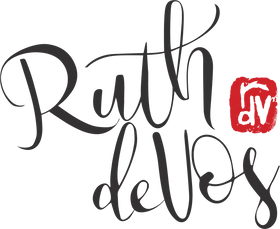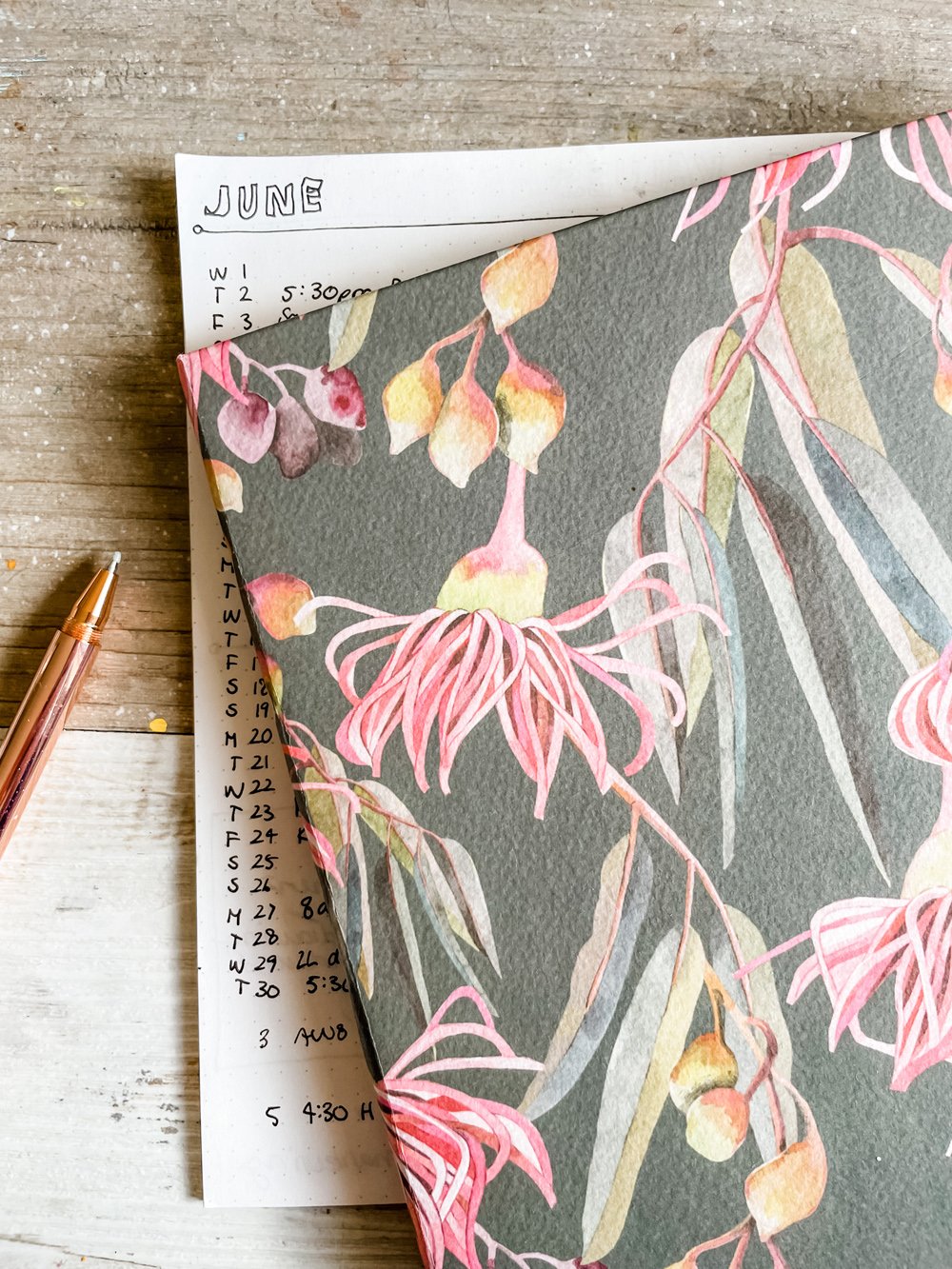How (and Why) I Bullet Journal
If you’ve been around here for a long time you probably know about my love for organising - my time, my home and more. I’ve used various means to organise my time and life over the years. I used to love selecting a beautiful new diary for the new calendar year. Then I moved onto a Filofax which allowed me to add extra pages and notes of all kinds. Eventually I gave in and went digital using apps like Remember the Milk and more recently, Things. As much as I love the efficiency of digital, I didn’t like the fact that my kids see me on my screen a lot. That was my main motivator to go back to physical. I spend a lot of little pockets of time planning and scheduling tasks and projects, and it’s good to not have to pick up my phone each time.
So now I use a bullet journal, and have done for a number of years. It’s far more flexible that the beautiful diaries that I started with, in that it can include to do lists, monthly calendar pages, or anything I want, really. It’s also much simpler than the Filofax setup that I had. A bullet journal basically lets you customise everything (because when does any printed diary perfectly fit your needs?)
My bullet journal includes a number of components. An index at the front allows me to find things back, although to be perfectly honest, I tend to forget to fill it in once I’m a third of the way into the journal.
I always like to start with a page outlining my goals for the coming 12 months, and some focus words. I might also list some longer term goals.
I also like to keep a list of the various projects that I have on the go. This can be anything from a responsibility at church to a home maintenance job to a new art exhibition.
For every new month I set up a page to note down appointments and events. On the opposite page I have a to-do list for that month. This will include next steps for all the projects that I have on the go (I try to make sure that there is always a next step on the list, in order to keep each project moving. This means that if I complete a step for a project, I need to add a new next step to the to-do list. Also, I always try to break the steps down into manageable tasks, such e.g. research studio lighting options, discuss studio lighting options with Phil, purchase studio lights, arrange to have studio lights installed.
The list also includes anything, no matter how small, that crops up that needs my attention, and that won’t be dealt with in the next day. If it’s going to be dealt with in the next day, I add it directly into my daily entry instead.
Each day I set out some tasks. Some of these are regular daily activities (as routine as dinner prep and exercise). For these, I like to use little stamps, but this is not essential, just a fun extra. I’ll also note down any appointments, as well as 1-3 other tasks. If there is space in the day, I’ll pick something from my to-do list.
I regularly consult and update my monthly to-do list. This really helps for keeping projects moving. When I set up a new monthly page, I transfer any incomplete tasks over to the new to-do list. Actually, I do assess each incomplete task to decide whether it is still worth having on my list - sometimes I change my mind as to the value of certain tasks or projects.
Regularly reviewing the monthly pages is a really important and helpful step for making this process work. I’ve only given a very rough overview of this process - there are many resources available to help you learn more, such as The Bullet Journal Method by Ryder Carroll. Or just google Ryder Carroll or bullet journalling.












